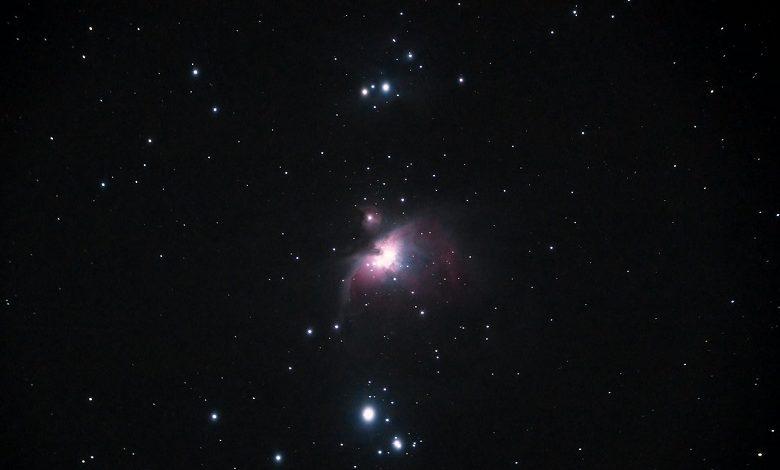Mysterious circular celestial objects intrigue astronomers

Following the discovery of four objects previously unknown and having received the name of ORCs, Australian researchers do not exclude that it is a whole new class of astronomical objects. Having similarities, they were detected by radio telescopes.
By analyzing data obtained by radio telescopes, scientists have discovered a type of celestial object hitherto unknown. They are distinguished by their circular shape and increased brightness at the edges.
Astrophysicists believe that these are traces of shock waves from colossal events that occurred outside of our Galaxy. The results of the research, to be published in the magazine Nature Astronomy, are available on the arXiv.org website.
The ASKAP network of Australian radio telescopes detected three strange objects with rounded shapes during the collection of data necessary for the composition of the Evolutionary Map of the Universe (EMU). Astronomers were surprised to find that the new type of signal was only noticeable in radio waves, while X-rays, optical or infrared, did not allow it to be detected. They were thus called “strange radio circles”, or “ORCs” (from Odd Radio Circles).
New class of astronomical objects?
For the moment, four “ORCs” have been detected. Recalling circles or even bubbles, three of them are particularly bright at the edges. The research team led by astrophysicist Ray Norris of the Western University of Sydney considers that a new class of astronomical objects has been discovered, their characteristics being different from those of all known celestial objects.
According to the publication, the similarities presented by the four objects are: “a strong circular symmetry”, a diameter of about one arcminute, a spectral index α of about -1 and their high galactic latitude. However, they also show discrepancies, including the following: if the ORC 3 looks like a homogeneous disc, three other objects are more like rings.
At the same time, the researchers do not exclude that the ORCs constitute a new category of a known phenomenon, such as the jets of blazars or radio galaxies.
“We also accept the possibility that ORCs may represent more than one phenomenon, and that they were discovered simultaneously because they correspond to the spatial frequency characteristics of ASKAP observations,” they specify.
Research on the nature of these objects continues.




